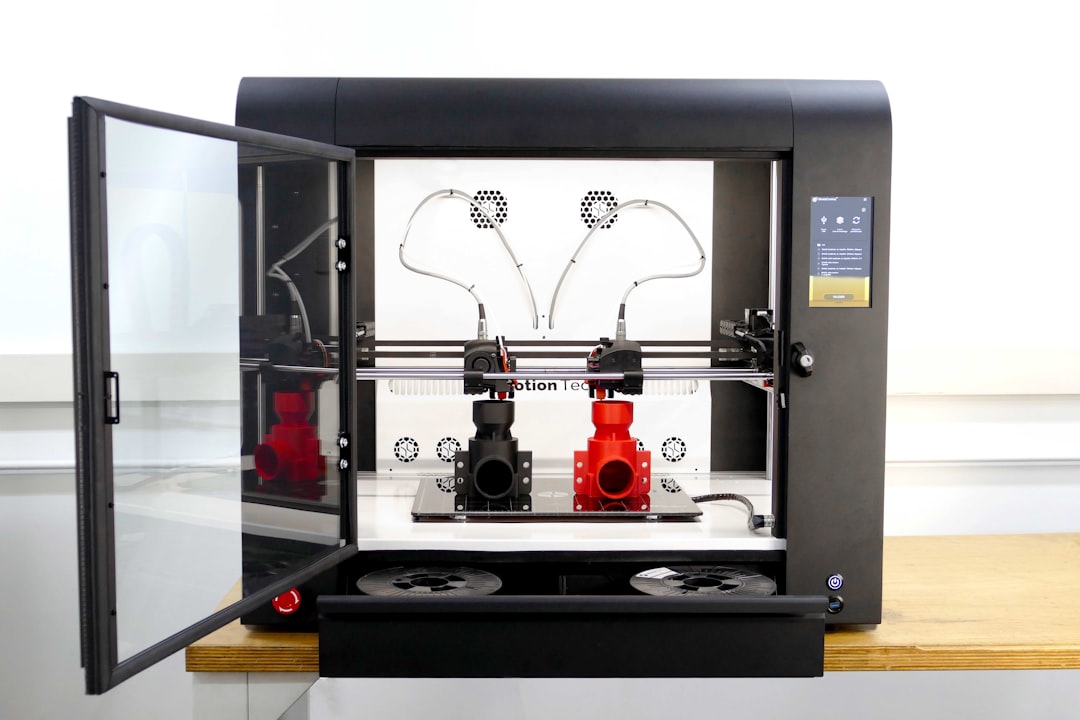What is it about?
* Paper is a versatile material made of natural fibers that can be engineered to have different properties for various applications. * The structure of paper plays a crucial role in determining its physical properties, such as optical and mechanical characteristics. * Traditional methods of characterizing paper structure, like estimating porosity, are not sufficient for optimizing fiber networks. * X-ray synchrotron micro-tomography is an imaging technique that allows for the 3D analysis of paper structure, providing insights into fiber-level properties. * Recycling of fibers in paper production can affect the mechanical properties of the material, primarily due to changes in porosity and fiber morphology. * The width of fibers decreases during recycling, impacting the contact between fibers and overall structure. * After a maximum of five cycles of drying, the properties of recycled paper stabilize, both in terms of structure and mechanics. * Understanding and optimizing paper properties is important for the development of environmentally friendly materials.
Featured Image

Photo by JJ Ying on Unsplash
Why is it important?
* The work focuses on optimizing paper properties through recycling and fiber modification. * It utilizes X-ray synchrotron micro-tomography, an advanced imaging technique, to analyze the fibrous structure of paper in 3D. * The study investigates the influence of the number of drying-pulping cycles on the properties of recycled fibers, providing insights into the evolution of physical and mechanical properties. * The research highlights the importance of considering the profile of porosity in the thickness direction to understand the changes in physical properties. * It demonstrates the stabilization of properties after a maximum of five cycles of drying, providing valuable information for optimizing paper production processes. * The work contributes to the development of environmentally friendly materials by understanding the effects of recycling and fiber modification on paper properties. * The study offers insights into the optimization of paper properties, which can be of interest to researchers and professionals in the field of materials science and paper production. * The use of advanced imaging techniques and the focus on recycling and fiber modification make the work relevant to the current trends in sustainable materials and circular economy. * The findings can inform the development of more efficient and environmentally friendly paper production processes, attracting readers interested in sustainable manufacturing practices.
Read the Original
This page is a summary of: Papers as Functional Green Materials, Advanced Materials Research, August 2013, Trans Tech Publications,
DOI: 10.4028/www.scientific.net/amr.747.715.
You can read the full text:
Contributors
The following have contributed to this page










